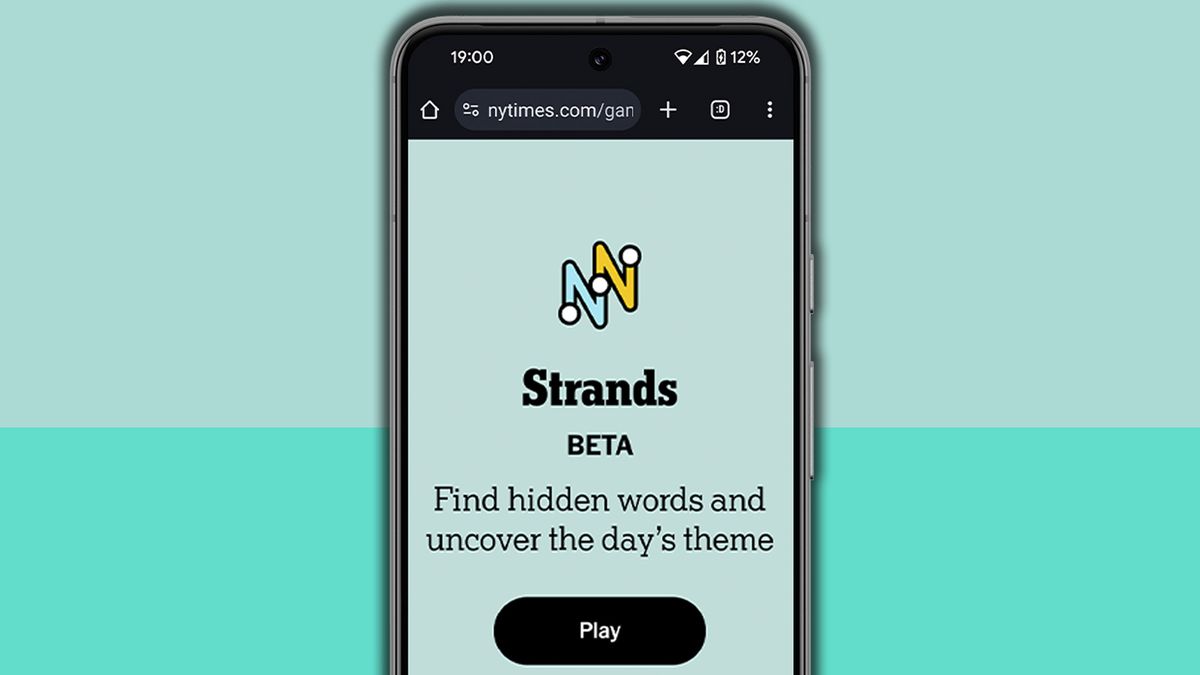Broadcasters have long been awake to the issues of a break in programming or transmission.
Dead air – when silence is mistakenly broadcast instead of regular content – continues to cause maximum discomfort for traditional TV and radio broadcasters, not least because in those crucial seconds of nothingness, people have the chance (and propensity) to switch, either elsewhere or off.
In online streaming, the equivalent experience is glitches – in either network or backend services – that manifest as streams that pixelate, break up, excessively buffer or stop working altogether.
How important those lost seconds or minutes are to a stream depends a lot on the nature of the event. In live sports, an untimely glitch can be the difference between seeing a world record being made, and not.
Regional Leader for Northern Europe at Cisco ThousandEyes.
Visibility into ephemeral connections
Within a live sports broadcast, not all minutes are equal. Proportionally, a minute in the context of the Olympics 100-meter dash carries more weight than a minute in a 90-minute football game.
In the dash, a lost minute could mean missing out on the color commentary preamble as well as the 10-second race in its entirety; in a 90-minute game, the best case scenario is the loss of a comparatively speaking uneventful passage of play.
The exception to that is when a lost minute of the 90-minute game contains a clutch play: where a crucial score is made or a controversial penalty is awarded. Then, that minute is just as important to the broadcast as the one that contains the 100-meter dash final.
The challenge for a streaming provider is that it’s impossible to know ahead of time, of course, with any certainty, which minutes of a live broadcast will be the most crucial: so there’s a need to treat every minute as critical.
One thing that can help streamers – and the service providers that carry streams to customers – is to become more data-driven in their approach, using visibility to understand the ephemeral nature of the connection between the broadcast site and end user audience at any point in time.
This understanding is helpful to make more informed calls that can optimize the streaming experience, such as performing dynamic resource allocation and routing of streams, based on how the live event plays out.
Predicting the Internet path
Top sports streaming providers are increasingly tapping into software agents at different points in the content delivery chain to understand how the stream looks as it makes its way to the consumer.
These software agents can run at the live site, where microwave or satellite links are used to relay content back to a central transmission coordination center; in the data center and cloud, tracing the path content takes as it is sent to a content delivery network (CDN) for onward distribution; and inside consumers’ homes, right up to the point the content reaches the end user’s modem or smart TV.
At all of these different points (hops) in the digital delivery chain, latency and delay can be measured, providing an indication of how the ultimate streaming experience is landing, and whether a performance bottleneck exists that needs to be investigated further.
Visibility and measurement is particularly important wherever content moves off private network links and onto the public Internet. The nature of the Internet and of the underlying network infrastructure means that available paths for traffic are always evolving and constantly changing. Every time a live stream happens, it is likely to encounter a different set of ambient conditions and take a slightly different path to reach the end user.
The predictability of that path depends on how much intelligence the sport or live streaming provider has about it. The greater the visibility, the more predictable the path to the end user is, since the provider can make conscious choices about which network providers they partner with, based on a solid understanding of how each routes or re-routes traffic in a variety of circumstances. It also makes identification of a fault domain easier, in the event a performance bottleneck is identified that requires remediation while the stream is happening.
The best-placed live sports streaming providers are able to validate underlying network conditions before they go live with a broadcast. By setting up tests that show how a stream would perform for different users in different geographic locations, they can be best positioned to understand what is happening ahead of time. They also have a reference point that they can track performance against for the duration of the streaming event.
We’ve featured the best data visualization tool.
This article was produced as part of TechRadarPro’s Expert Insights channel where we feature the best and brightest minds in the technology industry today. The views expressed here are those of the author and are not necessarily those of TechRadarPro or Future plc. If you are interested in contributing find out more here: https://www.techradar.com/news/submit-your-story-to-techradar-pro





